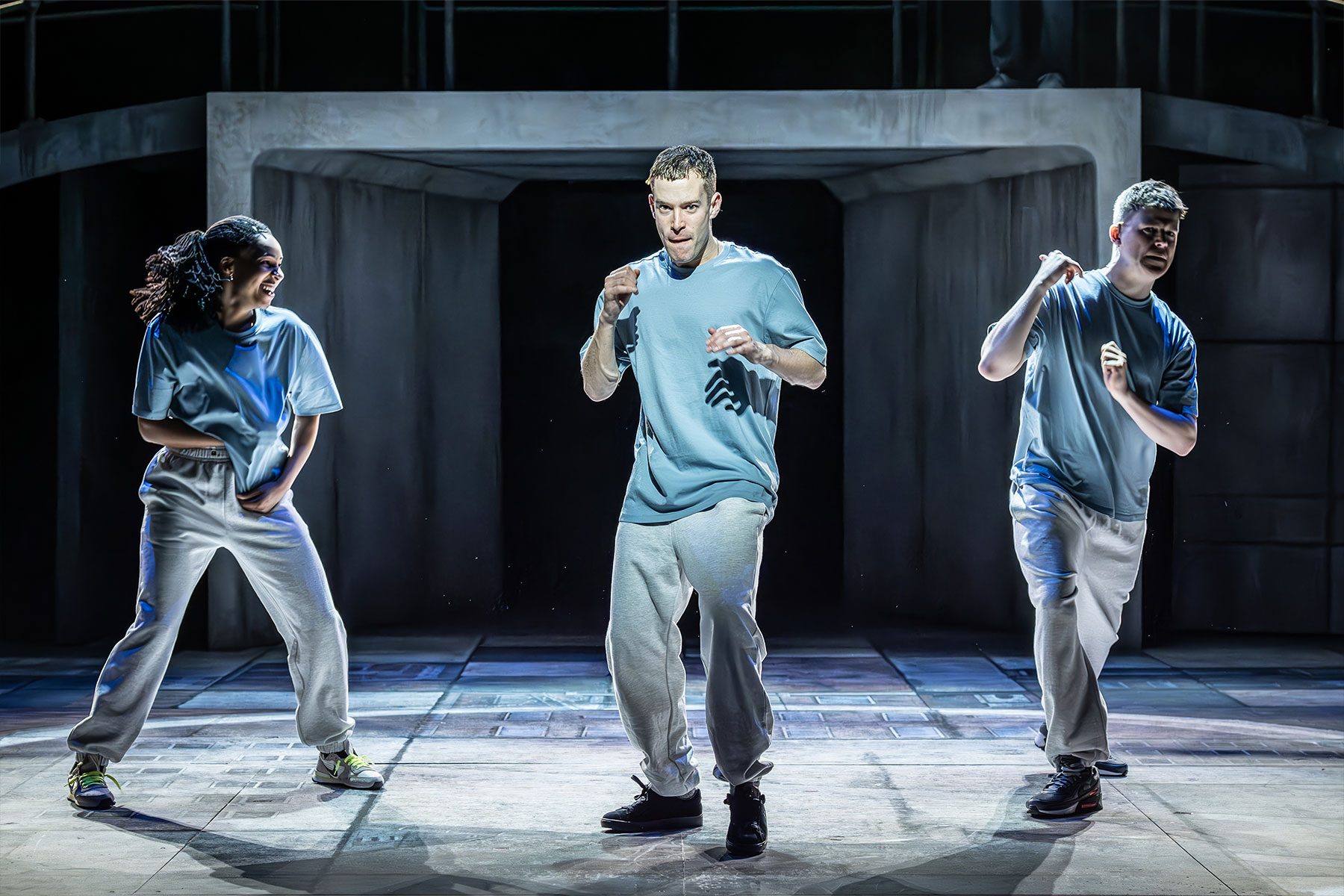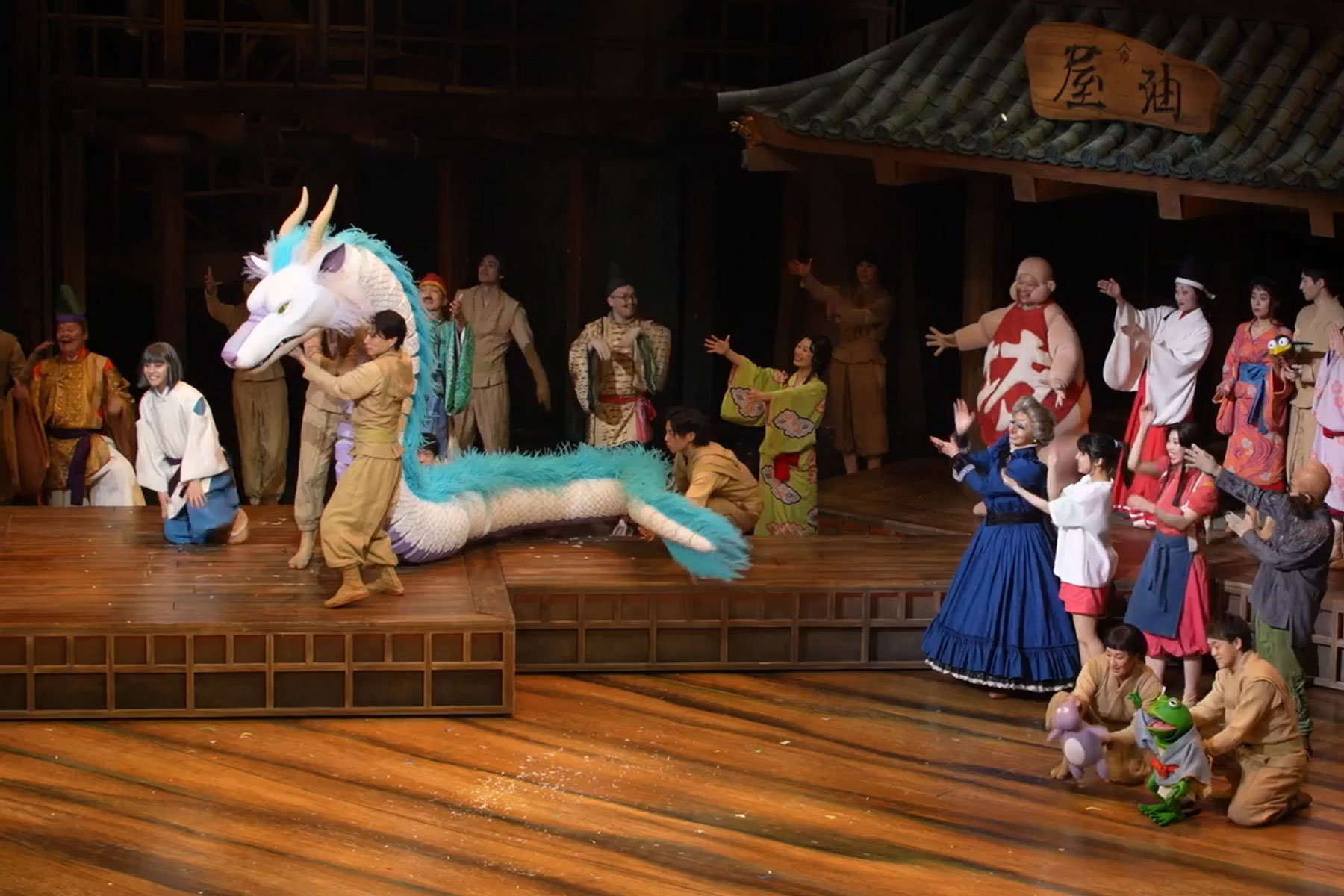Sleeping Beauty
NOTE: The following review dates from December 2002 and this production’s original run at the Young Vic. For current casting details, see performance listings.
The Young Vic is in the distinguished but distinctly dangerous position of having set itself impossibly high standards with its annual Christmas shows over the last few years.
Embracing these festive follies as a cornerstone of their artistic policy, rather than a mere moneymaking spin-off from it, they have been unequalled for their invention and delight anywhere in the capital. So it pains me to have to report that this year’s Sleeping Beauty is partly a victim of the theatre’s own previous successes, with the disappointment amplified by expectations not met; but at the same time, I wanted fiercely to give it the benefit of my gathering doubts because I was willing it all the while to live up to the memory of its predecessors.
For it is, at least, in the now established pattern at this address of going off-the-wall and against-the-grain of ‘traditional’ Christmas entertainments, providing a darker, more dangerous edge to its storytelling. But this time, it unusually loses the plot, quite literally, along the way.
Director Rufus Norris has taken Perrault’s 17th-century classic about a comatose princess awoken from a 16-year sleeping curse by the kiss of a handsome prince and added the spectre of farting fairies and vomiting ogresses. That much satisfies the ‘squeal’ factor that the Young Vic’s shows regularly indulge in their youthful audiences; but it doesn’t reach into the realm of serious enchantment that it also ordinarily finds.
Instead, we have an unduly convoluted plot that seeks to replay both what Hollywood usually terms the ‘back’ story (of how Beauty came to be asleep) but also the ‘forward’ story of what happens after she’s awakened. It’s as if the skewed alternative fairytale world of Sondheim and Lapine’s musical Into the Woods has been appropriated for one of the stories they didn’t choose to amplify on in that Broadway musical. There, the fairytale notion of ‘Happily Ever After’ was proven to be false, and the same is true here.
But by the time the show has become a rewrite of Shakespeare’s Titus Andronicus, maybe it has gone a touch too far. Norris’s production is, however, typically inventively designed (by Katrina Lindsay) and staged on a circular raised platform that’s studded with trapdoors from which various entrances and especially exits can be dramatically made. That much maintains the audience’s attention and interest; but the key to it – robust storytelling – is sadly missing.
– Mark Shenton










